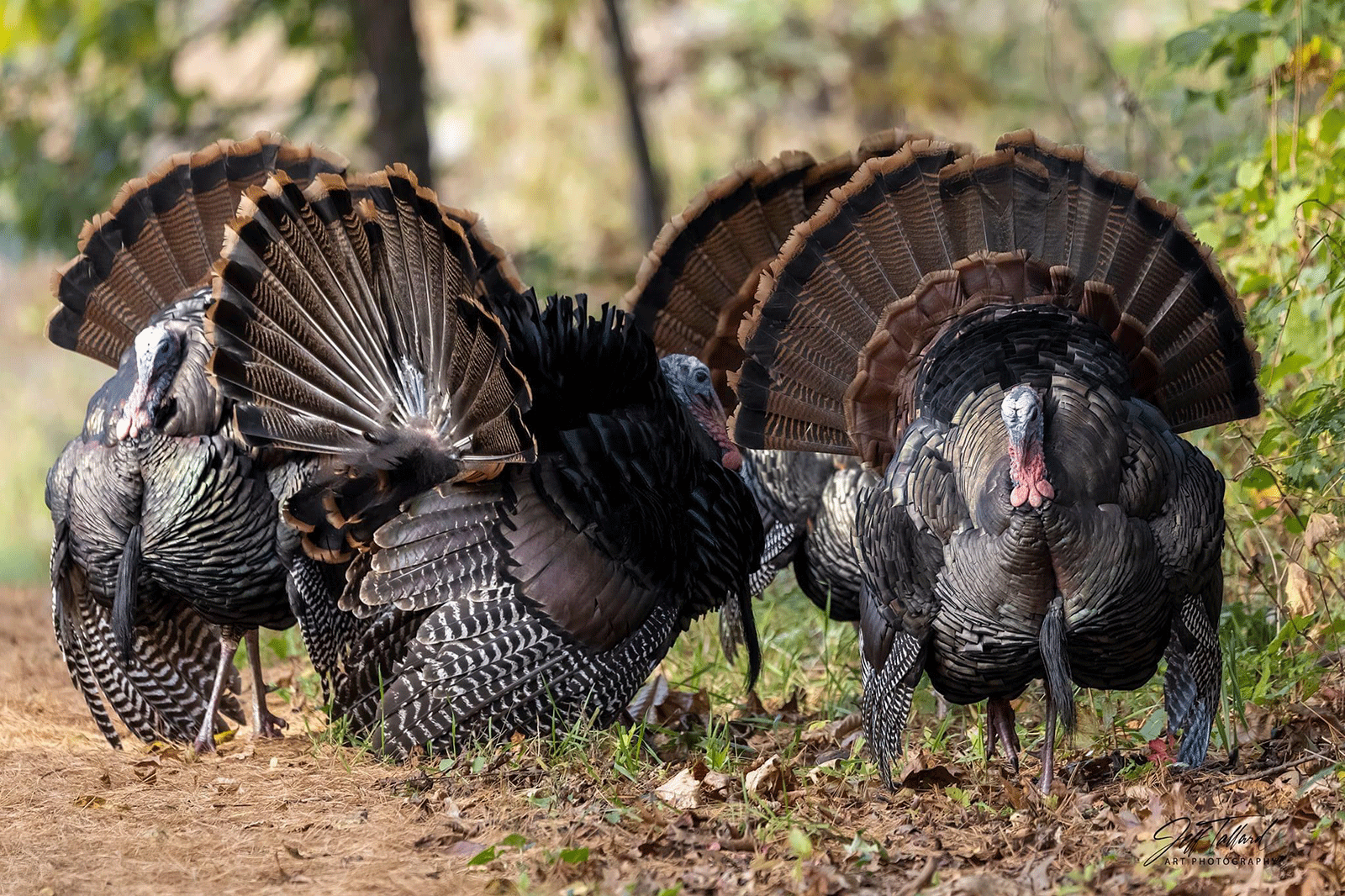Hello, everyone. It’s time again for another volume of “Capturing Kenosha.”
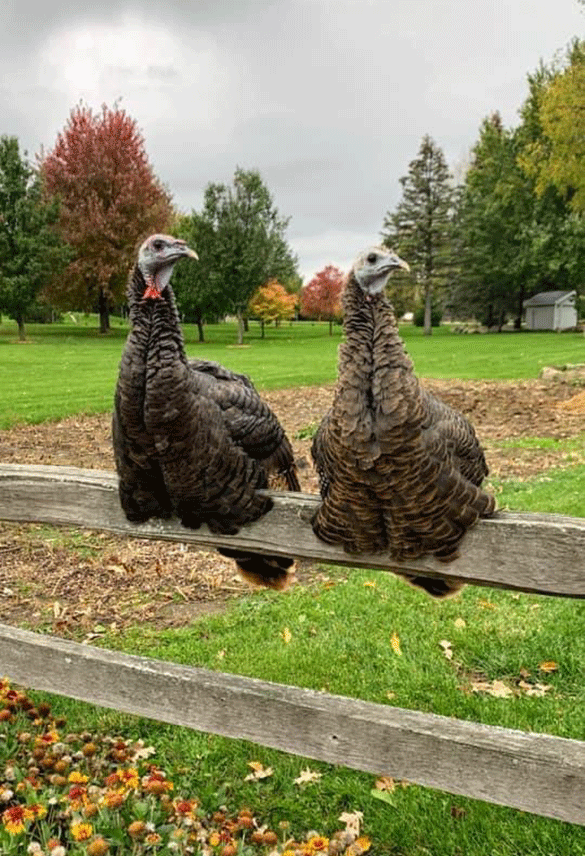
PHOTO: JEANIE HEINRICHS
I was a bit apprehensive about writing this week’s column because I did not want to offend anyone in our community.
Apparently, a few out there found my recent article about Wisconsin deer hunting traditions upsetting and reacted with little mad emojis to express their dislike for my article on Facebook. This surprised me because my intention in writing the article was not to offend anyone, but rather to convey the local historical culture of those in our community who have family bloodlines that run as far back as Wisconsin’s very statehood.
America’s society is ever changing, and because of that, cultural traditions often get twisted and left behind. In writing the Wisconsin Deer Hunting Traditions article, I wanted to convey memories from my youth, memories about my ancestors, the ones who taught me these traditions, and to have respect for the natural world around me.
I shared these traditions with the community because I believed that if it stirred these memories up in me, then it would surely do the same for others like me within the state. Tolerance and acceptance is a blessed virtue that must be nurtured when it comes to respecting the culture of people who are different than you. It must be done without infringing on the rights of those who enjoy activities that may be foreign to you. I’m just going to leave it at that and not throw any negative vibrations out into the universe.
This week I truly wanted to do an article that dealt with Thanksgiving.
At first, I wasn’t really sure which direction I should take. This is because I wanted to write a story that would encompass giving thanks in Kenosha and still relate it to the national Thanksgiving holiday without offending.
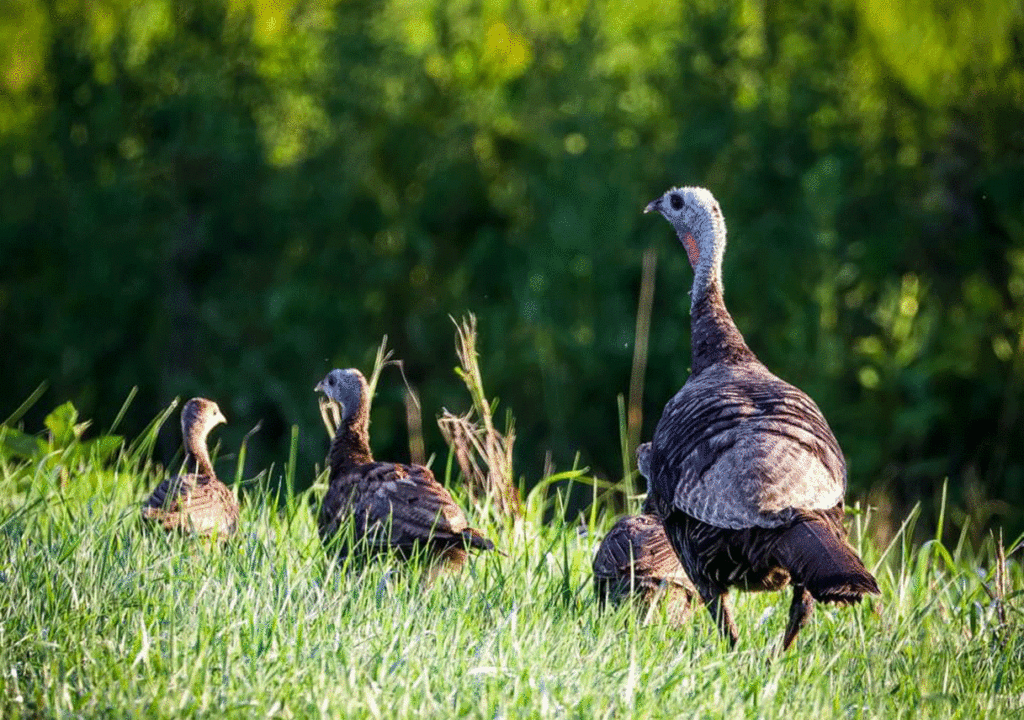
PHOTO: CHUCKY WENSEL
When I was tasked with putting together “Capturing Kenosha,” Kenosha.com Director of Content Jeffrey Zampanti told me that Kenosha.com was a news organization of positive local news. It intrigued me that such a news organization could even exist in today’s world with all of the negative examples out there in the media these days.
Kenosha as a city has been through a lot over the past year and a half and I think we as a community have made great strides during this time in making Kenosha a better place for everyone to live. I am truly grateful for that and for everyone in the community that has been pulling together in an attempt to create a new enhanced level of normalcy, one that treats everyone with respect and dignity.
When I started with Kenosha.com, I was heading toward my retirement from Kenosha County and by the time this article is published I will already be enjoying my retirement. Believe me, I am especially grateful for that and for the opportunity I was given to serve my community in the capacity that I did.
In retirement, I plan to live a positively charged life, one that repels negativity. Lastly, I am thankful for Kenosha’s geographical locale, on the western shores of Lake Michigan and for the ever-changing sunrises that we are able to experience on a daily basis.
Today, I decided that I would direct my article toward a Wisconsin success story. The article is about something that many of us think about when we consider the upcoming Thanksgiving holiday, and that is turkeys!
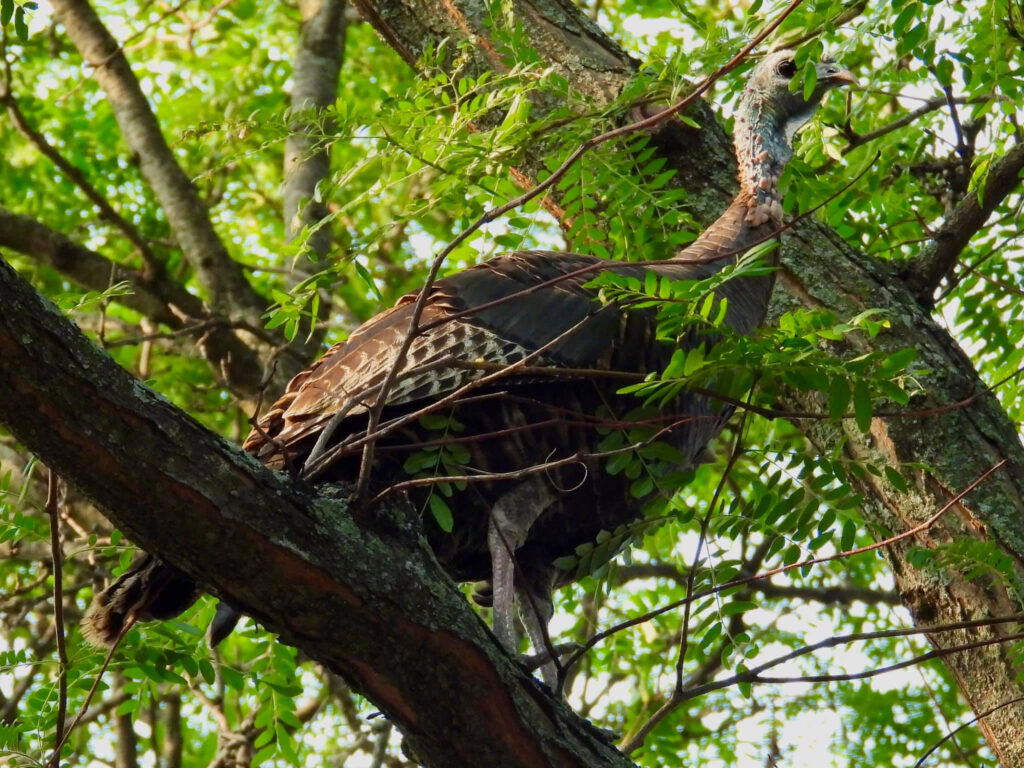
PHOTO: TIM VAN LIERE
By now, we all should have heard about Carl the renegade turkey that resides within the city limits of Kenosha. Carl often likes to stand in traffic until someone gets out of their car to shoo him out of the road.
Waukesha, one of our neighbors to the north, also has some resident turkeys living in their midst and the residents of both cities seem to be pretty tolerant of the birds being there. Truth be told, there are turkeys almost everywhere in Wisconsin these days thanks to some concerted efforts of the Wisconsin DNR.
Did you know that turkeys had disappeared completely from Wisconsin by 1881?
It’s true. The destruction of habitat and unregulated hunting of wild turkeys caused a decline of the birds starting in 1860, which led to their extirpation in Wisconsin by 1881. Pioneers and settlers relied on the birds as a food source, but no efforts were being undertaken to ensure the preservation of wild turkeys within the state. Because of this, the birds had been completely eliminated by 1881.
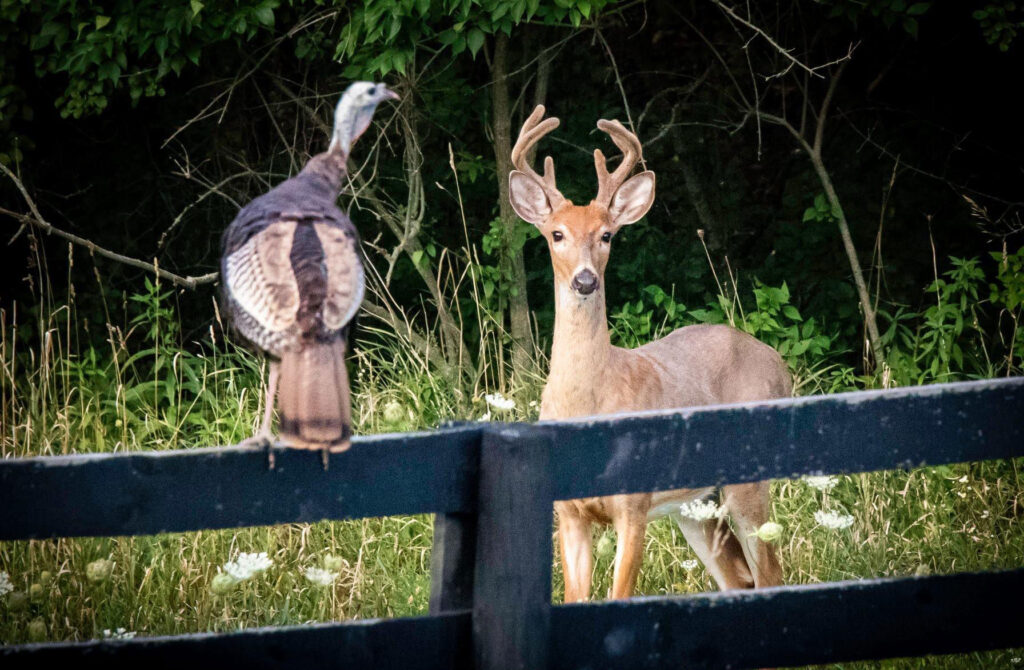
PHOTO: MIKE BRICKL
The state went many years without wild turkeys, but in 1938 and 1939 the state reintroduced 3,000 birds back into the forests of Sauk and Grant Counties. This attempt to reintroduce them was relatively unsuccessful, though, and it was thought that predation and harsh winters decimated the birds.
During the 1950s and 60s, the state began reintroducing birds from Pennsylvania game farms, but these attempts were also largely unsuccessful. It wasn’t until a new type of reintroduction program began that lasted from 1974 to 1976 that the state began to have success. During this reintroduction period, one major factor was changed that helped the birds survive.
The birds were now “wild caught” and were not game farm-raised birds. The state, through an agreement with the state of Missouri, exchanged wild-caught ruffed grouse for wild turkeys. Apparently, farm-raised birds don’t have the survival instincts that wild birds do and the introduction of these wild birds along with years of good management have helped the state finally reach a sustainable turkey population.
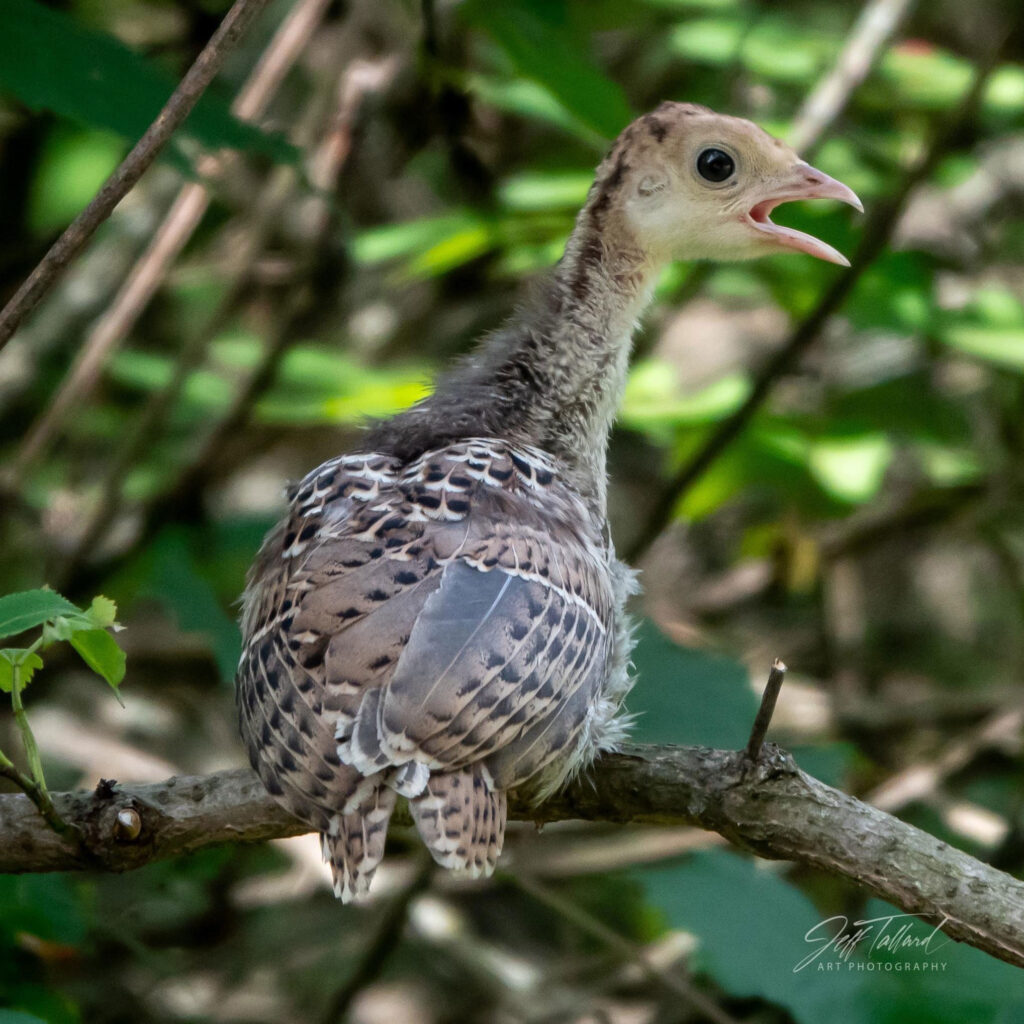
PHOTO: JEFF TALLARD
Here’s a little history about the birds. Turkeys are native to North America and they are only found here in the wild. They got the name “turkey” from the European settlers that came to America and mistook the bird for one they were familiar with back in Europe. It was a bird called a Guinea fowl, which is a large bird that was native to Eastern Africa that was imported into Europe through the country of Turkey. Europeans therefore called the birds turkey cocks or turkey hens. When these Europeans settled in America, they related the two birds and began calling the American birds “turkeys.” Turkeys are the largest of the game birds in North America and they have eyesight that is eight times greater than a human. Their lifespan is generally 2-5 years.
So, here’s my very last thing to be thankful for in this article. I’m thankful for the efforts of the Wisconsin DNR and everyone else who was involved with the resurrection of the turkey population in the state of Wisconsin. Sometimes it’s true that we can learn from our mistakes.
I sincerely hope you enjoyed this article and I wish you all a happy Thanksgiving!
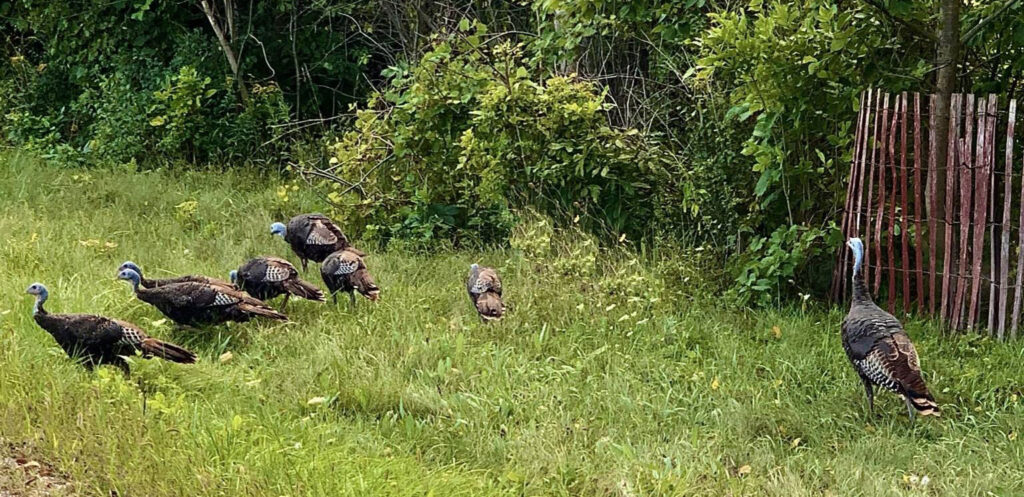
PHOTO: THOMAS CORRAO

